According to the July 2023 issue of the JRC MARS Bulletin – Crop monitoring in Europe, the yield forecast at EU level remains at or slightly above the mediocre 5-year average for most crops.
The forecast for sunflowers suffered the strongest downward revision, to 5% below the 5-year average, mainly due to the worsened yield outlook for Romania (the EU’s main sunflower-producing country). The worsened forecast for spring barley, which was already well below the 5-year average, is mainly due to substantial downward revisions for Denmark, Sweden, Finland, and the Baltic Sea countries.
Rain deficit and warmer-than-usual weather negatively affected crop growth in large parts of Europe
The main reason for the worsened yield expectations are the distinctly drier-than-usual conditions that occurred for more than one month in large parts of western, central and northern Europe, as well as in eastern Romania. In several of these regions, the resulting negative impacts of limited soil-water supply for crops were exacerbated by distinctly warmer-than-usual temperatures and high radiation.
Southern parts of the Iberian Peninsula and northern Italy experienced intense heatwaves, which triggered a risk of heat-induced sterility for flowering summer crops, with potentially irreversible impacts on yields.
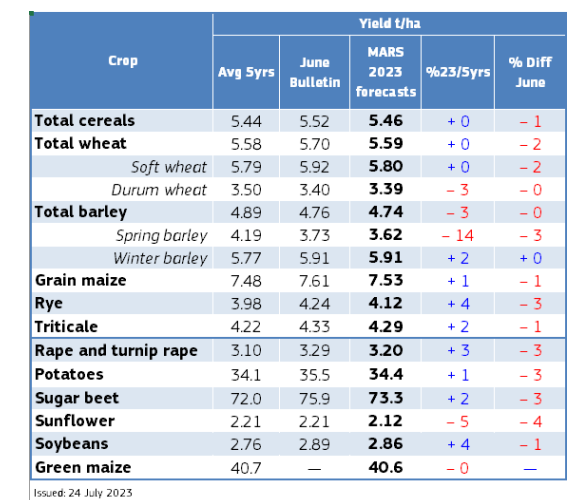
Distinct rain surplus hampered harvesting in southern central Europe and parts of south-eastern Europe
Rainfall surplus delayed harvesting, and potentially reduced grain quality in western parts of Bulgaria and Romania, Slovenia, Croatia and Hungary.
Further information
JRC MARS (Monitoring Agricultural Resources) Bulletins
The latest information about global agricultural production hotspots for countries at risk of food insecurity is available on the JRC’s ASAP (Anomaly hot Spots of Agricultural Production).
Artigo publicado originalmente em Comissão Europeia.





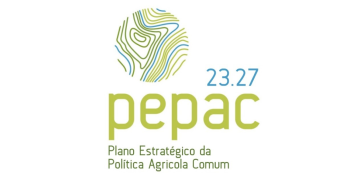















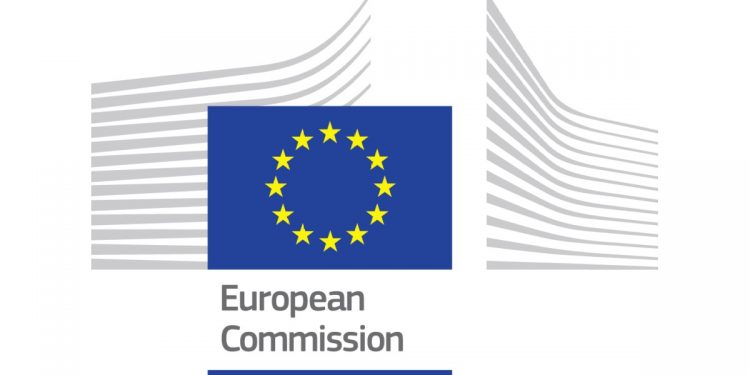

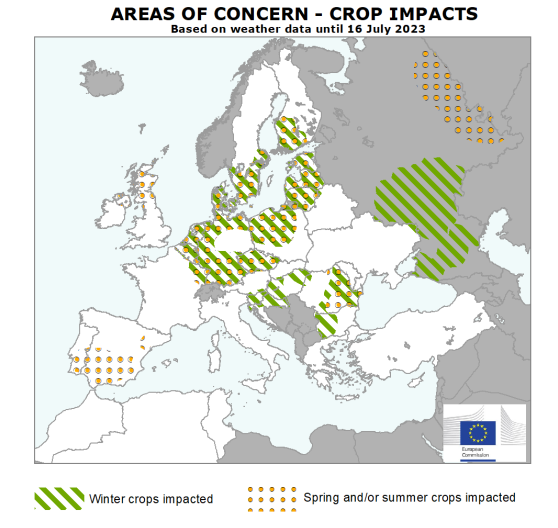


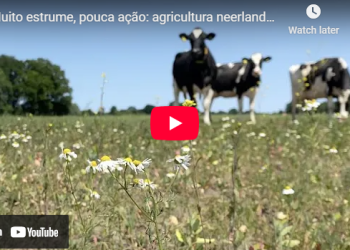






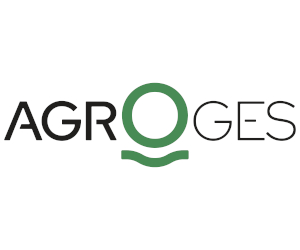






















Discussão sobre este post